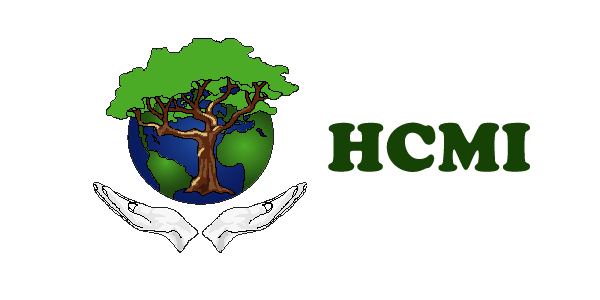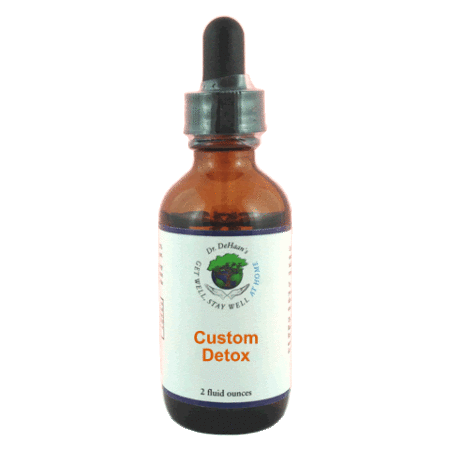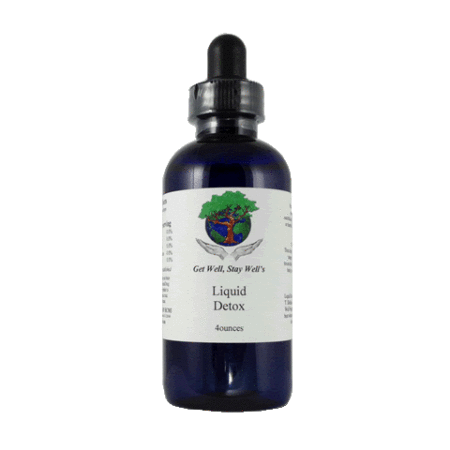Pseudomonas
 Although there are 191 described species of pseudomonas, these infectious species flourish in hospital environments. They are a particular problem in this environment since it is the second most common infection in hospitalized patients (nosocomial infections). This pathogenesis might be due to the wide range of protein secretion systems in these bacteria.
Although there are 191 described species of pseudomonas, these infectious species flourish in hospital environments. They are a particular problem in this environment since it is the second most common infection in hospitalized patients (nosocomial infections). This pathogenesis might be due to the wide range of protein secretion systems in these bacteria.
P. syringae is a prolific plant pathogen, many of which demonstrate a high degree of host plant specificity. There are numerous other Pseudomonas species that can act as plant pathogens. Although not strictly a plant pathogen, P. tolaasii can be a major agricultural problem as it can cause bacterial blotch of cultivated mushrooms. Similarly, P. agarici can cause drippy gill in cultivated mushrooms.
An article published in the journal Scientific American in 2008 showed Pseudomonas may be the most common nucleator of ice crystals in clouds. This makes them extremely important in the formation of snow and rain around the world so exposure to some strains may be acquired simply by breathing!
Certain members of the Pseudomonas genus have been applied to cereal seeds or applied directly to soils as a way of preventing the growth or establishment of crop pathogens. This practice is generically referred to as biocontrol, using one organism to control the effects of another. This is considered as harmless as having a dog protect your property, but the genetic imprint of the Pseudomonas on foods we eat can leave an energetic marker that allows it to become more easily pathogenic in our body.
This Quantum Formula antidotes the various species in the Psudomonas genus as well as catalase, oxidization, pyoverdine, pyocyanin, thioquinolobactin, di-2,4-diacetylfluoroglucylmethane and phenazine.
Detoxification of all Pseudomonas toxins and poisons
Help that itch, burn, rash, infection.
Detoxification of all Rickettsia toxins and poisons



 Mycoplasma species are the smallest free-living organisms known on the planet. Mycoplasmal organisms are usually associated with mucosal surfaces, residing extracellularly in the respiratory and urogenital tracts. They rarely penetrate the submucosa, except in the case of immunosuppression or instrumentation, when they may invade the bloodstream and disseminate to different organs and tissues throughout the body.
Mycoplasma species are the smallest free-living organisms known on the planet. Mycoplasmal organisms are usually associated with mucosal surfaces, residing extracellularly in the respiratory and urogenital tracts. They rarely penetrate the submucosa, except in the case of immunosuppression or instrumentation, when they may invade the bloodstream and disseminate to different organs and tissues throughout the body. Mycobacteria are common in normal soils and natural water supplies. People frequently encounter these bacteria in the normal course of their lives. Mycobacteria are a large group of bacteria with nearly a hundred different species. However, only a few are of medical importance. These include: Mycobacterium tuberculosis which causes tuberculosis, Mycobacterium leprae which causes leprosy, and a group known as atypical mycobacteria or non-tuberculosus mycobacteria (or NTM), which cause a variety of skin, lung, and other infections. The following list focuses on non-tuberculous mycobacteria (NTM).
Mycobacteria are common in normal soils and natural water supplies. People frequently encounter these bacteria in the normal course of their lives. Mycobacteria are a large group of bacteria with nearly a hundred different species. However, only a few are of medical importance. These include: Mycobacterium tuberculosis which causes tuberculosis, Mycobacterium leprae which causes leprosy, and a group known as atypical mycobacteria or non-tuberculosus mycobacteria (or NTM), which cause a variety of skin, lung, and other infections. The following list focuses on non-tuberculous mycobacteria (NTM). Listeria can be found in soil, which can lead to vegetable contamination. Animals can also be carriers. Listeria has been found in uncooked meats, uncooked vegetables, some fruit like cantaloupes, unpasteurized milk, foods made from unpasteurized milk, and processed foods. Pasteurization and sufficient cooking kill Listeria; however, contamination may occur after cooking and before packaging. For example, meat-processing plants producing ready-to-eat foods, such as hot dogs and deli meats, must follow extensive sanitation policies and procedures to prevent Listeria contamination (that doesn't mean it always works, but they try). Listeria monocytogenes are commonly found in soil, stream water, sewage, plants, and food. Listeria are responsible for listeriosis, a rare but potentially lethal food-borne infection.
Listeria can be found in soil, which can lead to vegetable contamination. Animals can also be carriers. Listeria has been found in uncooked meats, uncooked vegetables, some fruit like cantaloupes, unpasteurized milk, foods made from unpasteurized milk, and processed foods. Pasteurization and sufficient cooking kill Listeria; however, contamination may occur after cooking and before packaging. For example, meat-processing plants producing ready-to-eat foods, such as hot dogs and deli meats, must follow extensive sanitation policies and procedures to prevent Listeria contamination (that doesn't mean it always works, but they try). Listeria monocytogenes are commonly found in soil, stream water, sewage, plants, and food. Listeria are responsible for listeriosis, a rare but potentially lethal food-borne infection. Leptospira are bacteria that can occupy diverse environments, habitats and life cycles. They are found throughout the world. High humidity and neutral (6.9-7.4) pH are essential for their survival in the environment, with stagnant water reservoirs - bogs, shallow lakes, ponds, puddles, etc. - being the natural habitat for the bacteria.
Leptospira are bacteria that can occupy diverse environments, habitats and life cycles. They are found throughout the world. High humidity and neutral (6.9-7.4) pH are essential for their survival in the environment, with stagnant water reservoirs - bogs, shallow lakes, ponds, puddles, etc. - being the natural habitat for the bacteria. Legionella live within amoebae in the natural environment. Legionella species are the cause of the human Legionnaires' disease and the lesser form, Pontiac fever. Legionella transmission happens via aerosols — the inhalation of mist droplets containing the bacteria. Common sources include: cooling towers, swimming pools (especially in Scandinavian countries), domestic hot-water systems, fountains, and similar disseminators that tap into a public water supply. Natural sources of Legionella include freshwater ponds and creeks. Person-to-person transmission of Legionella has not been demonstrated.
Legionella live within amoebae in the natural environment. Legionella species are the cause of the human Legionnaires' disease and the lesser form, Pontiac fever. Legionella transmission happens via aerosols — the inhalation of mist droplets containing the bacteria. Common sources include: cooling towers, swimming pools (especially in Scandinavian countries), domestic hot-water systems, fountains, and similar disseminators that tap into a public water supply. Natural sources of Legionella include freshwater ponds and creeks. Person-to-person transmission of Legionella has not been demonstrated. The natural habitat for Helicobacter is the stomach and upper digestive tract. Some species of Helicobacter have been found living in the lining of the upper gastrointestinal tract, as well as the liver of mammals and some birds. Helicobacter species are able to thrive in the acidic mammalian stomach by producing large quantities of the enzyme urease, which locally raises the pH from ~2 to a more biocompatible range of 6 to 7.
The natural habitat for Helicobacter is the stomach and upper digestive tract. Some species of Helicobacter have been found living in the lining of the upper gastrointestinal tract, as well as the liver of mammals and some birds. Helicobacter species are able to thrive in the acidic mammalian stomach by producing large quantities of the enzyme urease, which locally raises the pH from ~2 to a more biocompatible range of 6 to 7. The only known natural habitat for Haemophilus genus is the nasopharynx (upper respiratory). It has some species that are non-pathogenic (do not cause disease) and some that are very pathogenic. Some of the most important ones are listed below.
The only known natural habitat for Haemophilus genus is the nasopharynx (upper respiratory). It has some species that are non-pathogenic (do not cause disease) and some that are very pathogenic. Some of the most important ones are listed below. Francisella is a genus of pathogenic bacteria, also considered parasites of macrophages (white blood cells whose normal task is to engulf and then digest cellular debris and pathogens). The most notorious of the species is F. tularensis, which causes the disease tularemia.
Francisella is a genus of pathogenic bacteria, also considered parasites of macrophages (white blood cells whose normal task is to engulf and then digest cellular debris and pathogens). The most notorious of the species is F. tularensis, which causes the disease tularemia. Escherichia coli (commonly abbreviated E. coli) and related bacteria constitute about 0.1% of stomach flora. The fact that it was found in the colon is why it was called coli! Fecal-oral transmission is the major route through which pathogenic strains of the bacterium cause disease. Most E. coli strains are harmless, but some serotypes (refers to distinct variations within a subspecies of bacteria or viruses) can cause serious food poisoning in humans, and are occasionally responsible for product recalls. The harmless strains are part of the normal flora of the stomach and can benefit their hosts by producing vitamin K2. They prevent the establishment of pathogenic bacteria within the intestine, yet certain species are human pathogens and the most common cause of urinary tract infections.
Escherichia coli (commonly abbreviated E. coli) and related bacteria constitute about 0.1% of stomach flora. The fact that it was found in the colon is why it was called coli! Fecal-oral transmission is the major route through which pathogenic strains of the bacterium cause disease. Most E. coli strains are harmless, but some serotypes (refers to distinct variations within a subspecies of bacteria or viruses) can cause serious food poisoning in humans, and are occasionally responsible for product recalls. The harmless strains are part of the normal flora of the stomach and can benefit their hosts by producing vitamin K2. They prevent the establishment of pathogenic bacteria within the intestine, yet certain species are human pathogens and the most common cause of urinary tract infections.